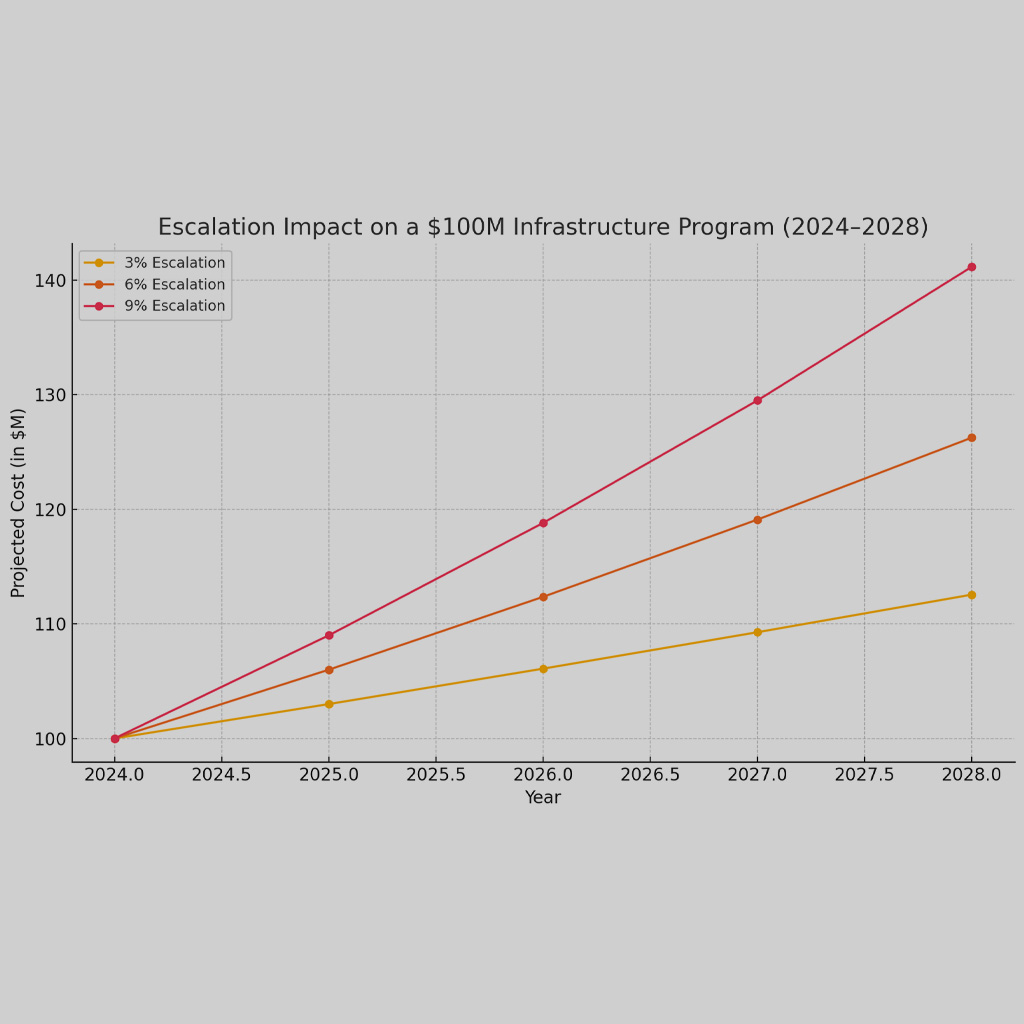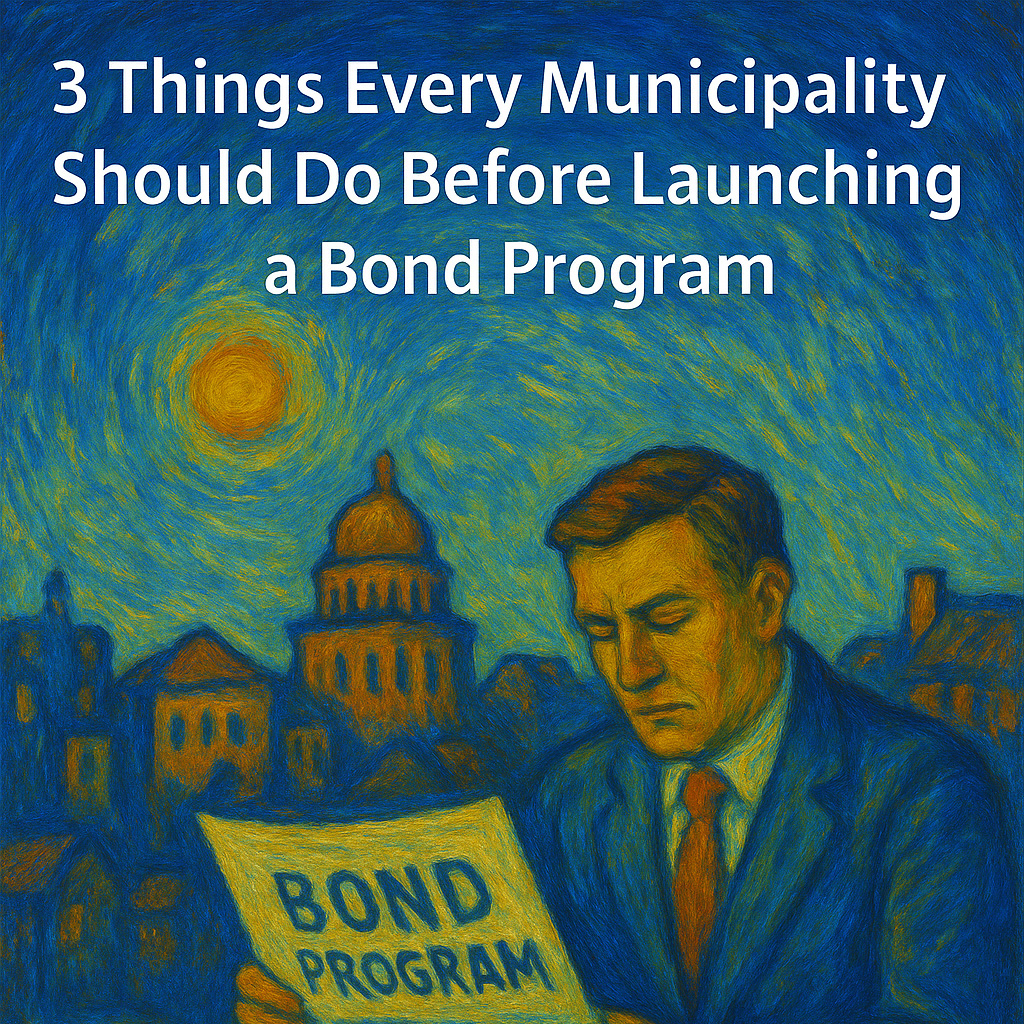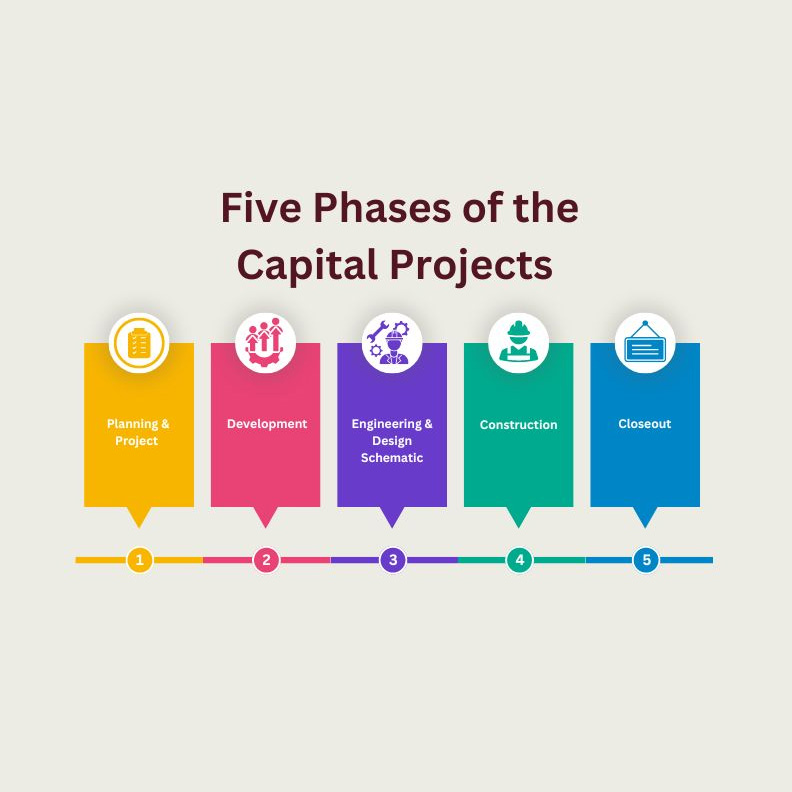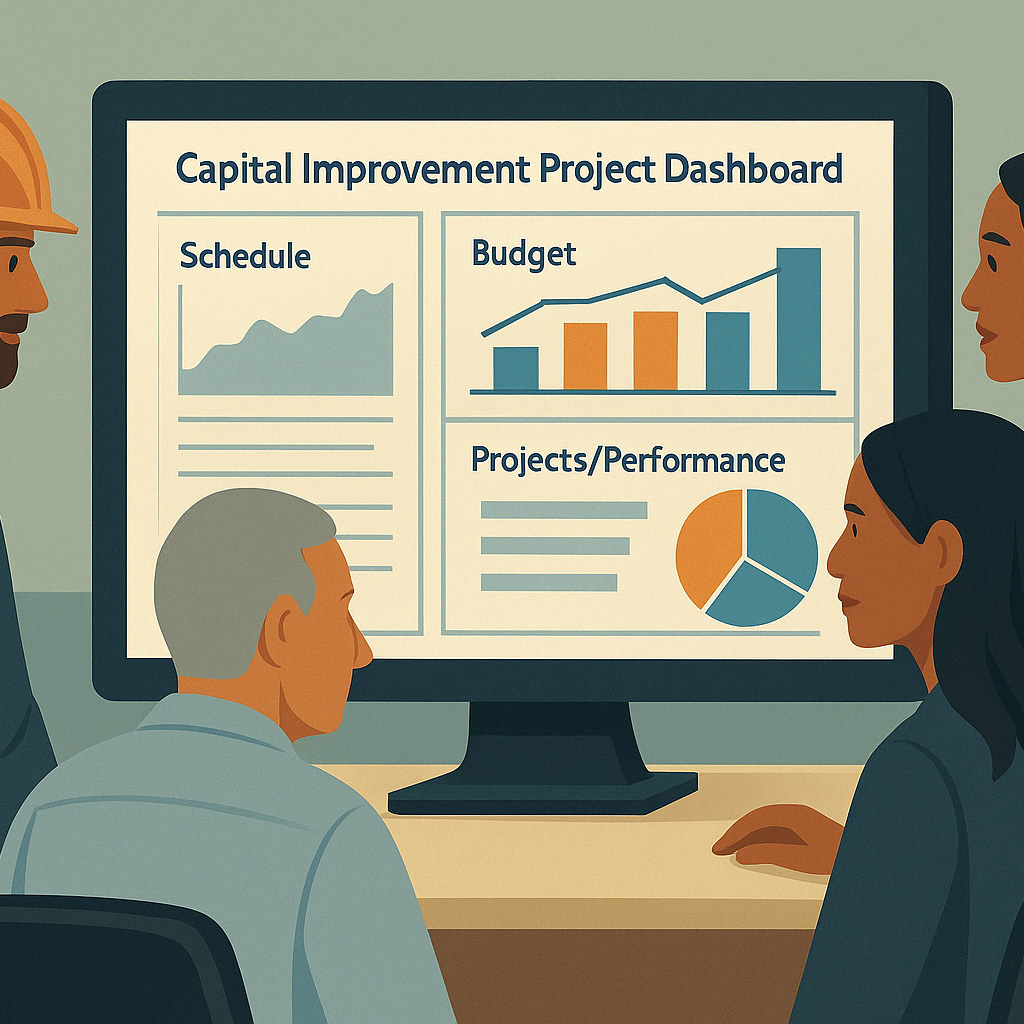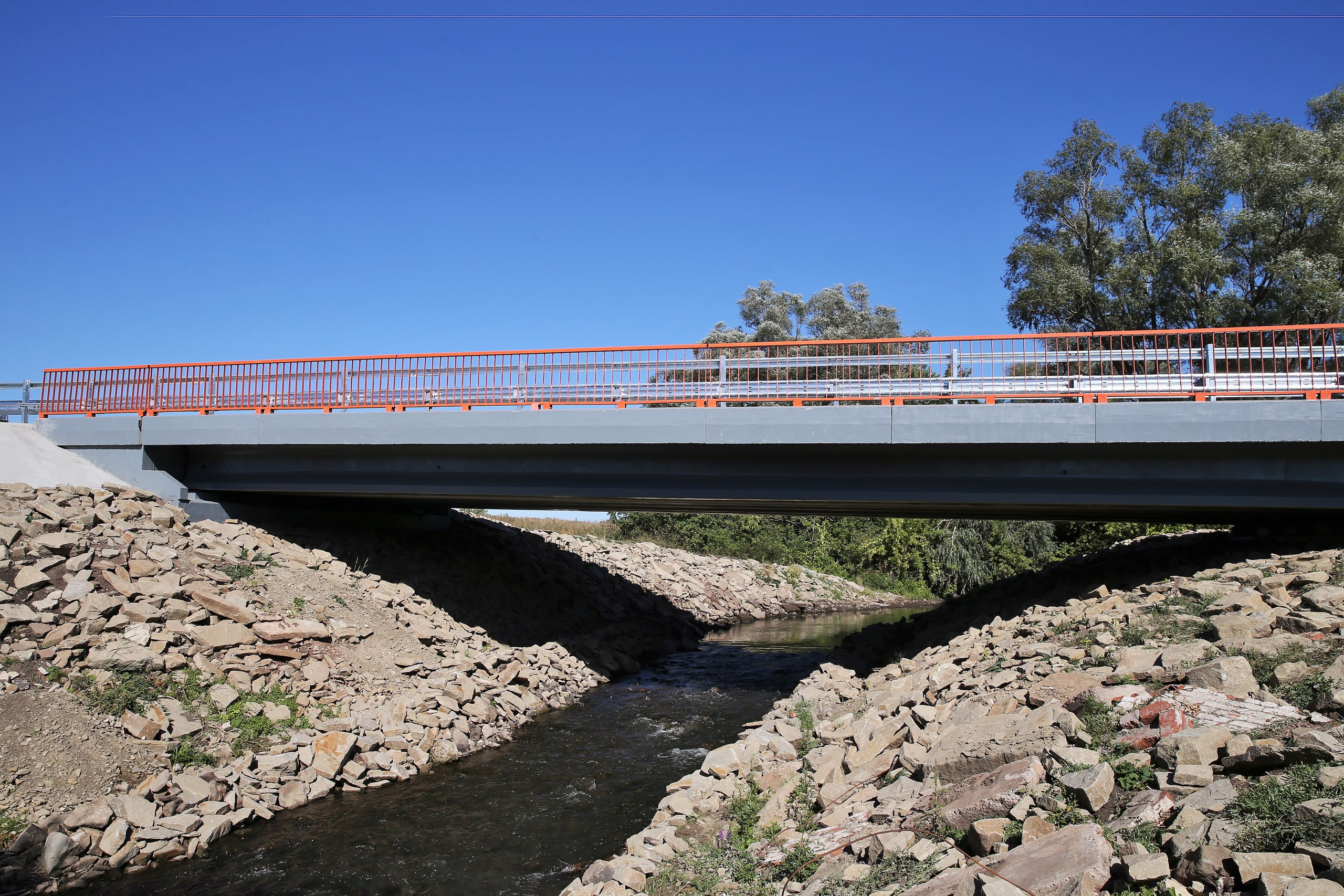“The strength of the team is each individual member. The strength of each member is the team.”
— Phil Jackson
Public-Private Partnerships Demystified: Strategies for Maximizing Impact and Managing Risks
As cities and municipalities face growing infrastructure needs, Public-Private Partnerships (P3s) have emerged as a powerful tool to bridge funding gaps, expedite delivery, and foster innovation. By aligning public goals with private-sector expertise, P3s unlock opportunities to tackle complex projects more efficiently than traditional methods. From toll roads to public housing, these partnerships are reshaping how governments approach infrastructure development.
However, P3s are not without challenges. Complex structuring, risk allocation, and long-term commitments require careful planning and execution. This article explores common P3 funding models, their benefits, challenges, and strategies for mitigating risks to ensure successful outcomes for all stakeholders.
1. Design-Build-Finance-Operate-Maintain (DBFOM)
- Overview: The private sector designs, builds, finances, operates, and maintains the infrastructure for a specified contract period.
- Funding: Private partner provides initial financing and recoups costs through availability payments or user fees.
- Examples: Toll roads, airports, or large-scale water treatment facilities.
- Benefits:
- Comprehensive responsibility incentivizes efficiency.
- Reduces public sector risk for performance and cost overruns.
2. Design-Build-Finance (DBF)
- Overview: The private sector designs, builds, and finances the project but does not handle long-term operations or maintenance.
- Funding: Public sector repays the private partner after completion, often through milestone or lump-sum payments.
- Examples: Municipal buildings, smaller-scale infrastructure.
- Benefits:
- Accelerates project completion.
- Retains public control over operations and maintenance.
3. Build-Operate-Transfer (BOT)
- Overview: The private entity builds the project, operates it for a set period to recover costs, and then transfers ownership back to the public sector.
- Funding: Typically funded through private capital and recovered through user fees or service charges.
- Examples: Toll bridges, energy plants.
- Benefits:
- Public ownership at the end of the term.
- Encourages private innovation and operational expertise.
4. Build-Own-Operate (BOO)
- Overview: The private entity builds, owns, and operates the facility indefinitely, with public sector oversight.
- Funding: Entirely private, with revenues generated from users.
- Examples: Power generation facilities, telecom infrastructure.
- Benefits:
- No public financing required.
- Private partner bears long-term risks.
5. Concession Agreements
- Overview: The private partner builds or upgrades an asset and operates it under a concession agreement, typically for a long term.
- Funding: Private sector funds the project and collects revenue, often through tolls or service fees.
- Examples: Ports, highways, rail systems.
- Benefits:
- Aligns private sector incentives with project success.
- Encourages investment in high-traffic, revenue-generating infrastructure.
6. Availability Payment Models
- Overview: The public sector makes regular payments to the private partner based on asset availability and performance standards.
- Funding: Payments come from public funds, not user fees, ensuring broader accessibility.
- Examples: Hospitals, schools, or prisons.
- Benefits:
- Reduces reliance on user fees, ensuring equitable access.
- Public sector retains more control over pricing and service levels.
7. Lease-Develop-Operate (LDO) / Build-Lease-Transfer (BLT)
- Overview: The private sector leases an existing public asset, develops or upgrades it, and operates it for a defined period.
- Funding: Private financing, with revenue recouped via lease payments or operational income.
- Examples: Airports, public housing developments.
- Benefits:
- Leverages existing assets for new revenue.
- Attracts private investment for infrastructure upgrades.
8. Joint Ventures
- Overview: The public and private sectors co-invest and co-manage an infrastructure project, sharing risks and rewards.
- Funding: Both partners contribute capital; revenue is split based on agreement terms.
- Examples: Mixed-use developments combining public transit hubs with commercial real estate.
- Benefits:
- Shared risks and resources.
- Encourages innovative solutions and cost-sharing.
9. Revenue-Share Models
- Overview: The private partner finances, builds, and operates the infrastructure, sharing a portion of the revenue with the public sector.
- Funding: Private partner generates revenue from users; part of the revenue supports public funding needs.
- Examples: Parking garages, toll roads.
- Benefits:
- Aligns incentives for both parties.
- Creates ongoing revenue streams for the public sector.
10. Operation and Maintenance Contracts (O&M)
- Overview: The private sector operates and maintains an asset while ownership remains public.
- Funding: Public sector pays the private partner for services rendered, often with performance-based bonuses.
- Examples: Water and wastewater treatment plants.
- Benefits:
- Focuses private expertise on efficiency.
- Low upfront investment for the public sector.
Key Benefits of Public-Private Partnerships (P3s)
- Faster Project Delivery
- Streamlines design, construction, and financing, enabling quicker completion.
- Access to Private Capital
- Reduces strain on public budgets by leveraging private funding.
- Risk Transfer
- Shifts risks like cost overruns and delays to the private partner.
- Innovation and Expertise
- Private-sector innovation enhances design, construction, and operations.
- Cost Efficiency
- Competitive bidding and lifecycle cost management lower expenses.
- High-Quality Service
- Performance-based contracts ensure standards are met throughout the project.
- Long-Term Maintenance
- Ensures infrastructure stays in good condition over its lifecycle.
- Revenue Generation
- Projects like toll roads create user-based revenue streams.
- Economic Growth
- Creates jobs, boosts local economies, and attracts further investment.
- Transparency and Accountability
- Clear contracts and monitoring ensure public trust.
Challenges in Public-Private Partnerships (P3s)
- Complex Structuring
- Time-intensive contracts may lead to disputes if poorly designed.
- High Initial Costs
- Feasibility studies and legal work require significant upfront investment.
- Misaligned Objectives
- Public goals and private profits can conflict.
- Political and Public Opposition
- Concerns about privatization and transparency may delay projects.
- Risk Allocation
- Disputes over who handles financial or operational risks.
- Long-Term Commitments
- Poor forecasting can strain finances or require renegotiation.
- Regulatory Barriers
- Legal hurdles or lack of enabling laws complicate implementation.
- Financing Risks
- Unpredictable demand or revenue streams impact viability.
- Limited Expertise
- Public agencies may lack P3 management skills.
- Monitoring Challenges
- Ensuring private partners meet performance standards needs strong oversight.
Risk Mitigation in Public-Private Partnerships (P3s)
- Clear Risk Allocation
- Assign risks to the party best equipped to handle them (e.g., construction to private, regulatory to public).
- Robust Contracts
- Define responsibilities, performance standards, and dispute resolution mechanisms.
- Feasibility Studies
- Conduct thorough assessments to identify and address risks early.
- Flexible Revenue Models
- Use adaptive payment structures to manage demand or revenue uncertainties.
- Stakeholder Engagement
- Involve the community and agencies early to build trust and reduce delays.
- Strong Oversight
- Monitor compliance and performance through independent oversight bodies.
- Contingency Planning
- Prepare backup plans for unexpected issues.
- Public Sector Capacity
- Train staff in P3 management for better oversight and negotiation.
- Dispute Resolution
- Include mediation and arbitration clauses to resolve conflicts quickly.
Successful Public-Private Partnerships in the U.S.
- Denver International Airport Great Hall
- Project: Main terminal redevelopment.
- Model: Design-Build-Finance-Operate-Maintain (DBFOM).
- Success: Enhanced passenger experience with modernized facilities and risk transfer to private partners.
- LaGuardia Airport Terminal B
- Project: Modernization of Terminal B.
- Model: DBFOM.
- Success: Completed on time and under budget; recognized as a world-class terminal.
- Presidio Parkway, San Francisco
- Project: Replacement of the highway connecting San Francisco to the Golden Gate Bridge.
- Model: DBFOM.
- Success: Delivered on budget with maintenance risks shifted to private entities.
- Long Beach Courthouse, California
- Project: Construction of a state-of-the-art courthouse.
- Model: DBFOM.
- Success: Delivered within budget, improving operational efficiency and user experience.
- I-595 Expressway, Florida
- Project: Expansion of a major highway.
- Model: DBFOM.
- Success: Reduced traffic congestion and transferred long-term risks to the private sector.
Final Thoughts:
The choice of a P3 model depends on the project’s complexity, revenue potential, public sector capacity, and risk appetite. Each model offers unique benefits and trade-offs, but all aim to deliver infrastructure efficiently while leveraging private-sector expertise and funding.
At Front Line Advisory Group, we are pioneers in Capital Improvement Bond Management, leveraging unparalleled expertise and deep industry insights. Our mission extends beyond consultation—we empower our clients to realize the full potential of their investments, ensuring tax dollars are put to maximum use through astute Program Management Consulting. For more information or to commence your journey towards transformative bond management, reach out to us at info@frontlineadvisorygroup.com


